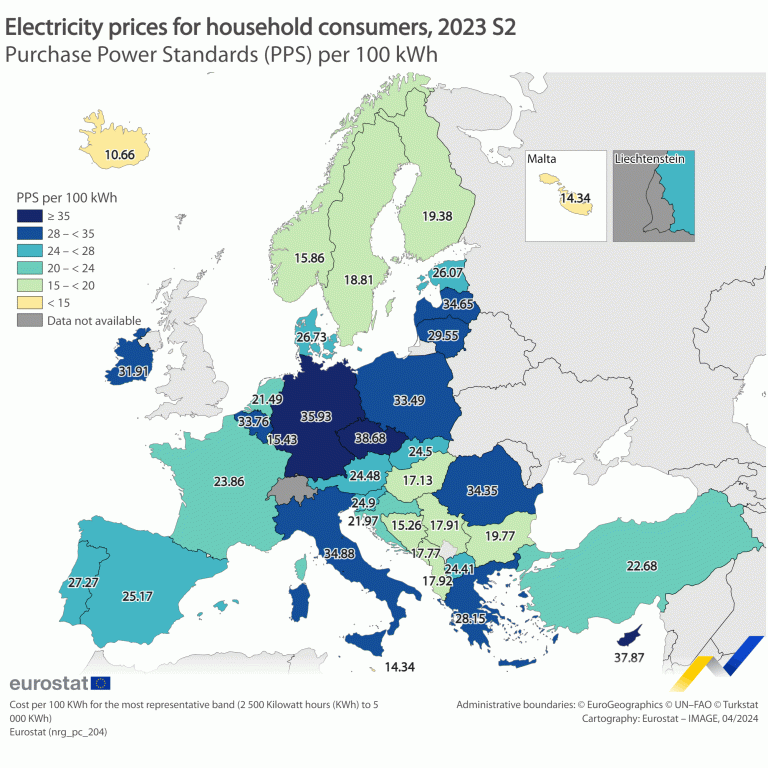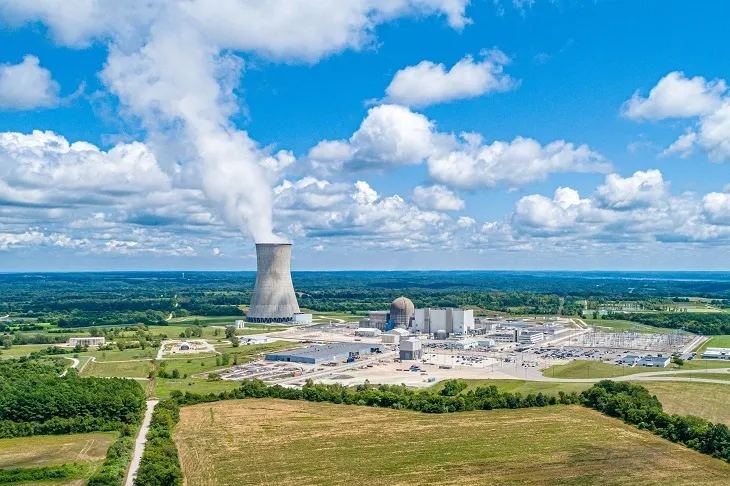Table of Contents
Joanne Nova
A prize-winning science graduate in molecular biology. She has given keynotes about the medical revolution, gene technology and aging at conferences. She hosted a children’s TV series on Channel Nine, and has done over 200 radio interviews, many on the Australian ABC. She was formerly an associate lecturer in Science Communication at the ANU.
Games with levelized guesses don’t take all the hidden costs into account
Prize of the day for national policy research goes to Nick Cater, who managed to ridicule our billion-dollar national science agency, the CSIRO, with a newspaper column.
The CSIRO put out a report proclaiming that nuclear power would be impossible before 2040 and cost “twice as much” as renewables. But Nick Cater just compared electricity in New South Wales to Finland to prove their 129 pages of modelled costs were wrong:
Finland’s clean, Green nuclear power a lesson for Labor
On Saturday…. Electricity generation in NSW was releasing 750g of carbon into the atmosphere per megawatt hour of electricity. In Finland, it was 35g.
If the CSIRO’s GenCost report is to be believed, Finnish electricity prices should have gone through the roof a year ago when its newest reactor was turned on. They did not. The retail price of electricity in Finland, which is indexed to the spot market, came down almost immediately.
Were Energy Minister Chris Bowen to spend a few days in Finland, he might realise almost everything he says about nuclear is complete and utter nonsense. This might be why he spent his time in Europe last year trying to sell green hydrogen to the Germans.
All over Europe, the countries with the most solar and wind power have the highest prices
Modelling electricity costs is ripe for the plucking, so the only costs that count are the real ones that customers pay. According to Eurostat data on electricity prices in the EU last year, some countries were paying twice as much as others. And the cheapest electricity was in countries using coal power or lands with lots of hydroelectricity and plenty of water.

And if nuclear power was “eight times” more expensive than solar and wind, why is it that Germany pays so much more for electricity than France does?
Germany, Italy, Poland, and Greece are all pricey, but none of them have nuclear plants (yet).

Serbia has cheap electricity, and it is nearly 70% coal-powered. Norway has cheap electricity and 100,000 natural Fjords for hydroelectricity.
Look who has solar power and expensive electricity:
Things aren’t working out well for Greece, Germany and Italy.

Look who has wind power, too
Denmark has a lot of wind, but it also has seven interconnectors to countries with cheap, reliable hydro and nuclear power. We don’t.

CSIRO artificially pumped up the cost of building a nuclear plant in Australia because it would be a new industry here. Did they do that for technologies that are barely invented, like hydrogen and batteries, too? They claim it would take 15 years to build one plant, yet the French built 56 plants in 15 years, and that was 40 years ago. The average build time then, without faxes, flip phones, and “the internet”, was just 7 years, yet somehow they got it done. Do the CSIRO think they can get away with publishing this kind of incompetent partisan hackery, and Australians won’t find out?
This article originally appeared at JoNova









